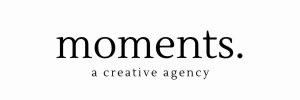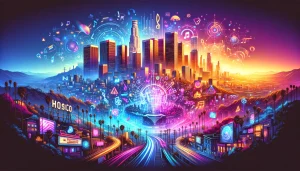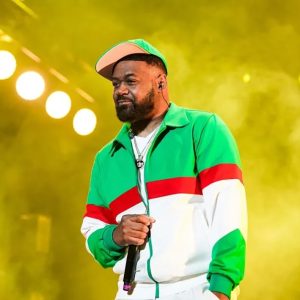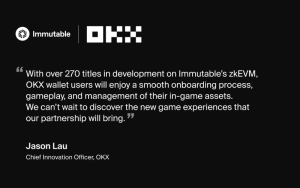Next Up: Laurence Fuller Reimagines Poetry Through a Cinematic Lens
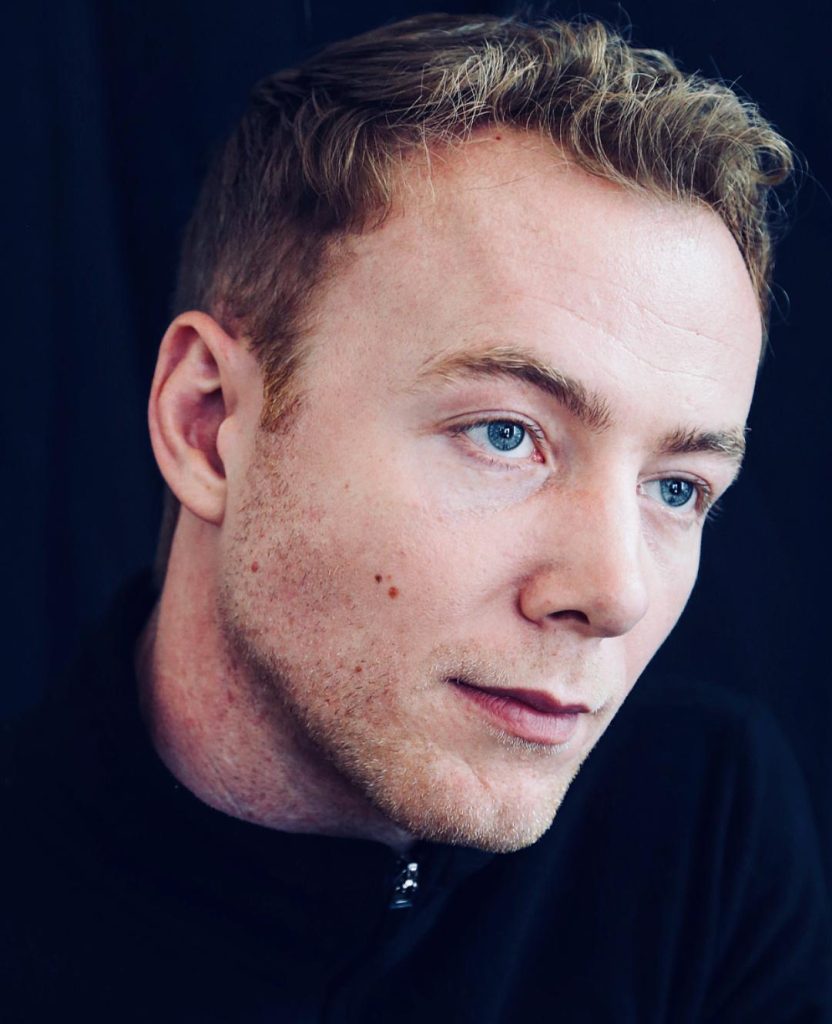
Advertisement: Click here to learn how to Generate Art From Text
One of the most inspiring elements of NFTs is how they can change the creative canvas for artists, allowing creators to build a collector base around a marriage of different mediums.
Actor, poet, and digital creator Laurence Fuller has taken this lesson to heart. He’s carved out a distinct lane in the burgeoning web3 poetry community by combining his passions for filmmaking and the written word. Referring to his work as “cinematic poetry,” the prolific and multidisciplinary creator has released across SuperRare, Nifty Gateway, Foundation, Makersplace, Objkt, and more while collaborating with silver-screen luminaries like Val Kilmer and Vincent D’Onofrio.
Set to debut today (Feb. 8) on Layerr, Fuller’s “Winter Garden” collaboration with D’Onofrio under the joint moniker Graphite Method features 500 AI-collaborative artworks paired with poetry alongside two cinematic portraits.
“We recorded our performances of our respective poems straight to camera and then took that as the raw material, the digital canvas out of which the images grew,” he tells nft now.
Every week, nft now’s Next Up unveils a new artist from our curated list of ascendant talents who have been making significant waves throughout Web3. This week, our spotlight turns to Laurence Fuller.
nft now: How would you describe your art?
Laurence Fuller: Cinematic poetry. I’ve been searching for this connection between visual art and language — the symbols of words and the visual language of human culture, religion, stories have similar homes in our minds. The way they correspond is a dialog that ricochets of each other until that is oscillating force between the spoken word and the moving image creates time itself.
Many of my favorite painters find their inspiration from poetry like Anselm Kiefer and Enrique Matinez Celaya. You can see in the way they distill ideas, in the same way that a pearl is like condensed sand.
“I’ve been searching for this connection between visual art and language — the symbols of words and the visual language of human culture, religion, stories have similar homes in our minds.”
LAURENCE FULLER
When I wrote a screenplay about my late father, the art critic Peter Fuller, called “Modern Art” it was all about his discovery of art and language and, in many ways, that he was a repressed poet. I found letters to his publisher saying he would much rather write books of poetry. Aristotle laid out the argument in “Poetics” that the written text is completely different from the spectacle of theatre (and now cinema), and I believe that too. The poet John Keats had a very special communication with the Pre-Raphaelite painters and Charles Baudelaire, author of “Flowers Of Evil” poetry book, was also an art critic and wrote poems about paintings.
But they were all limited by the technology of their time, for their particular practice was searching in the visual communication of painters, ideas in language, yet it remained on the page. With digital art, collaborations, and new techniques with AI I can now explore what once was an impossible task, to deal with the aspects of time that go into reading a poem and, at the same time, watching a painting in one symbiotic medium.
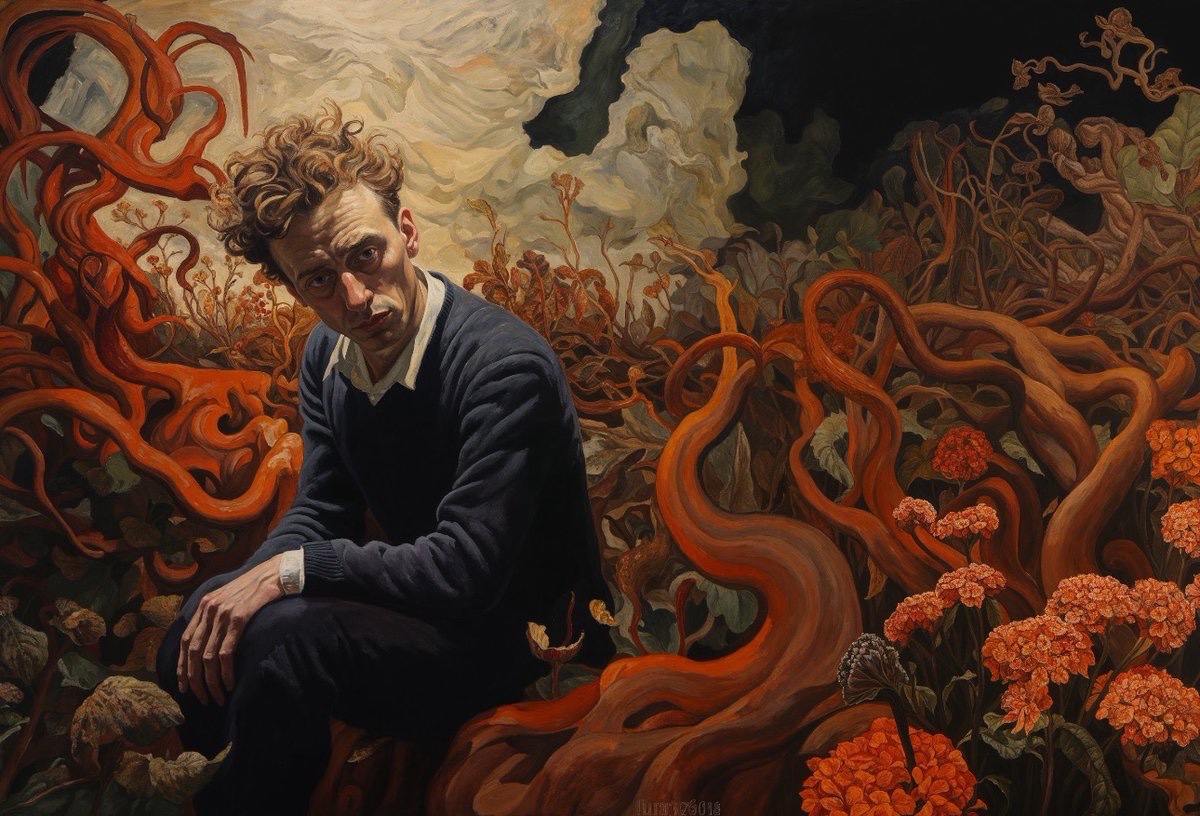
What’s your process like? And where do you usually find inspiration?
My biggest inspiration is life, but I find great consolation in the pages of history. Our ghosts, we walk with those fallen and their poetics speak through us. I am ignited by the flickering candles of the past — burning lanterns light the way through rusted hallways of history and I see there scratches on the walls where poetry was formed. Hand marks and fingernails in the soul of an earth we grew out of, and a day we ride to its finish. We use clay to color our words and expressions, the ink and oil that’s marked in time.
I still write my poetry with ink and paper, that was something I learned from my acting coach, Ivana Chubbuck. I found Ivana after years of studying Method Acting at different studios around Los Angeles. There was something about her rigorous approach to the craft that appealed to me. She pushed people to open doors of their unconscious that had been locked for years. When someone held back she would take them to the green room in her studio, and in that private moment, their secrets revealed. Then, stepping back out onto the stage again, they were so full.
“My poetry came out of the corridors of my subconscious. It was discovering different characters as a method actor that produced my first poems.”
LAURENCE FULLER
My poetry came out of that, out of the corridors of my subconscious. It was discovering different characters as a method actor that produced my first poems. The style was informed by my training in classical theatre and the rigors of Shakespeare. Eventually, I discovered that writing poetry and preparing for a role as a method actor were exactly the same.
Once the poetry is written, I start creating the visuals with stills, taking inspiration from the lines of poetry and then decomposing those stills and matching them with video footage that I film around Los Angeles. Then use another program to create the animations and pull it together, often more editing is involved after that. I create the music with AI programs and then, at the end of the process, deliver the performance in response to the images.
Most recently, we did that in reverse with my collaborative collection with Vincent D’Onofrio for our Graphite Method partnership. We recorded our performances of our respective poems straight to camera and then took that as the raw material, the digital canvas out of which the images grew.
First look at the cinematic portraits of “Winter Garden” by Vincent D’Onofrio x myself @GraphiteMethod
pic.twitter.com/9JCzvygcMG
— Laurence Fuller (@LaurenceFuller) February 7, 2024
What was your breakthrough moment in web3?
It was the idea of shaping one’s own destiny and telling my stories in this non-linear yet wholly fulfilling way that each chapter in essence, can find its distinct home in the memory of the viewer, which could be picked back up again years later from the shelf it was placed on.
Working with some of the best painters of our generation, such as Henrik Uldalen, Tania Rivilis, and David Cheifetz. As well as some of my acting heroes in Val Kilmer and Vincent D’Onofrio, evolving their poetry into this new medium. Our latest venture Graphite Method with Vincent is just an endless poetic adventure of cinematic art. We travel the world exhibiting our stories.
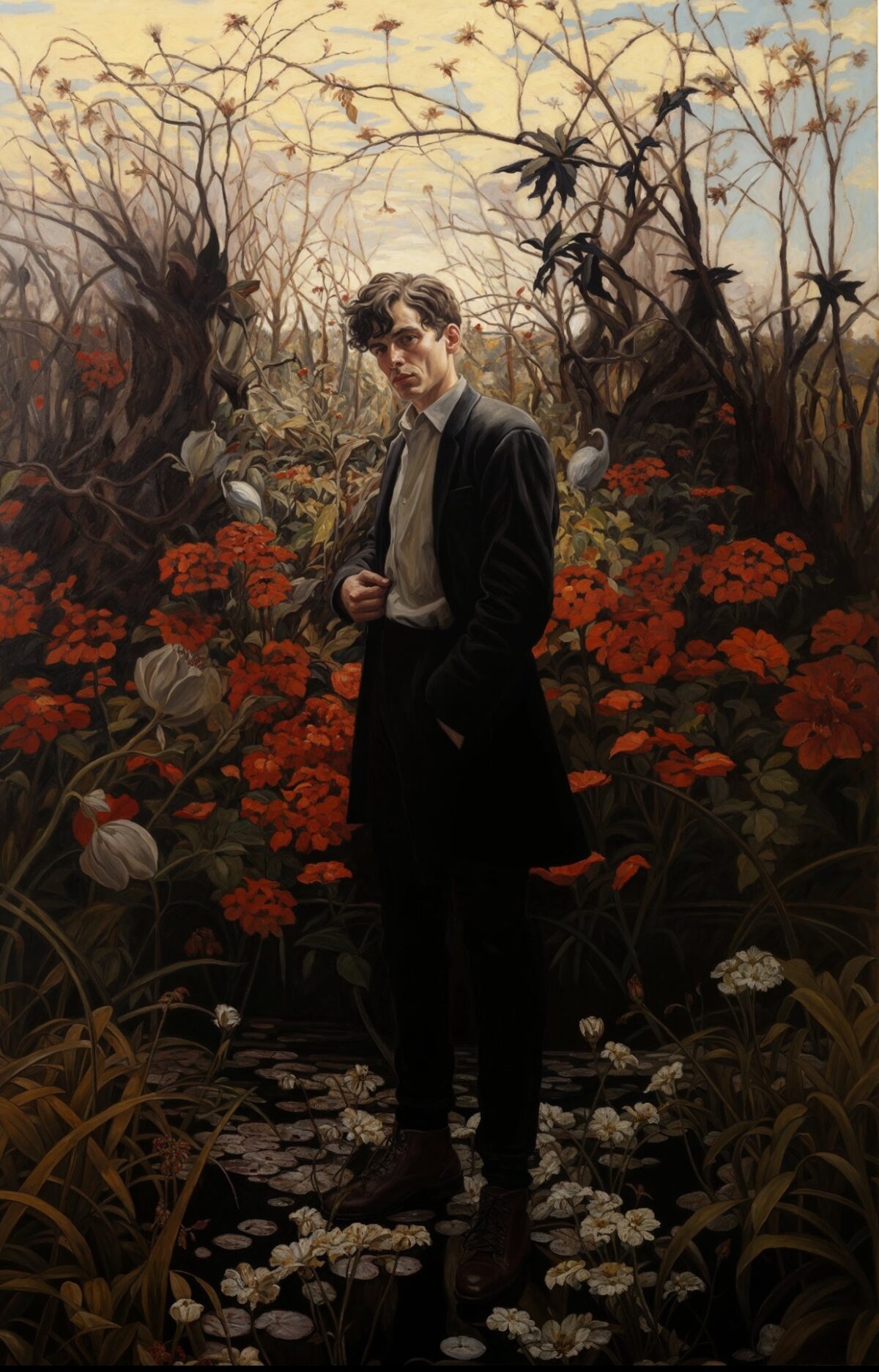
What are the biggest challenges facing rising artists in web3?
Starting out and getting a foot in the door is always the challenge for artists in any sector. I think there should be a real focus on utilizing one’s own personal network. To have a friend that’s already in the space is hugely helpful, and then to bring in others from your peers and friendship circles as you go, I think, is the most sustainable and rewarding way to go about it. Art is always local, even at the highest levels; it’s about the personal connections you make with others, and then on top of that, or after that, comes all the fun with hype and excitement and all the rest. But then, even after that dies down, you need to have those you can rely on daily as a compass for the soul, and hopefully, you can be a compass for them too.
“Art is always local, even at the highest levels, it’s about the personal connections you make with others.”
LAURENCE FULLER
What advice do you have for rising artists in this space?
When we venture out into the darkest nights of the ocean’s far-reaching black horizons in its unchartered and murky waters ~ where certainty is nothing but the promises in ink on stained pages of a map someone else chartered. We must have a strong mast. And for that mast to be carved from great oak. Because that mast is your voice.

The post Next Up: Laurence Fuller Reimagines Poetry Through a Cinematic Lens appeared first on nft now.

‘ Credit:
Original content by nftnow.com – “Next Up: Laurence Fuller Reimagines Poetry Through a Cinematic Lens”
Read the full article at https://nftnow.com/next-up/next-up-laurence-fuller-reimagines-poetry-through-a-cinematic-lens/

